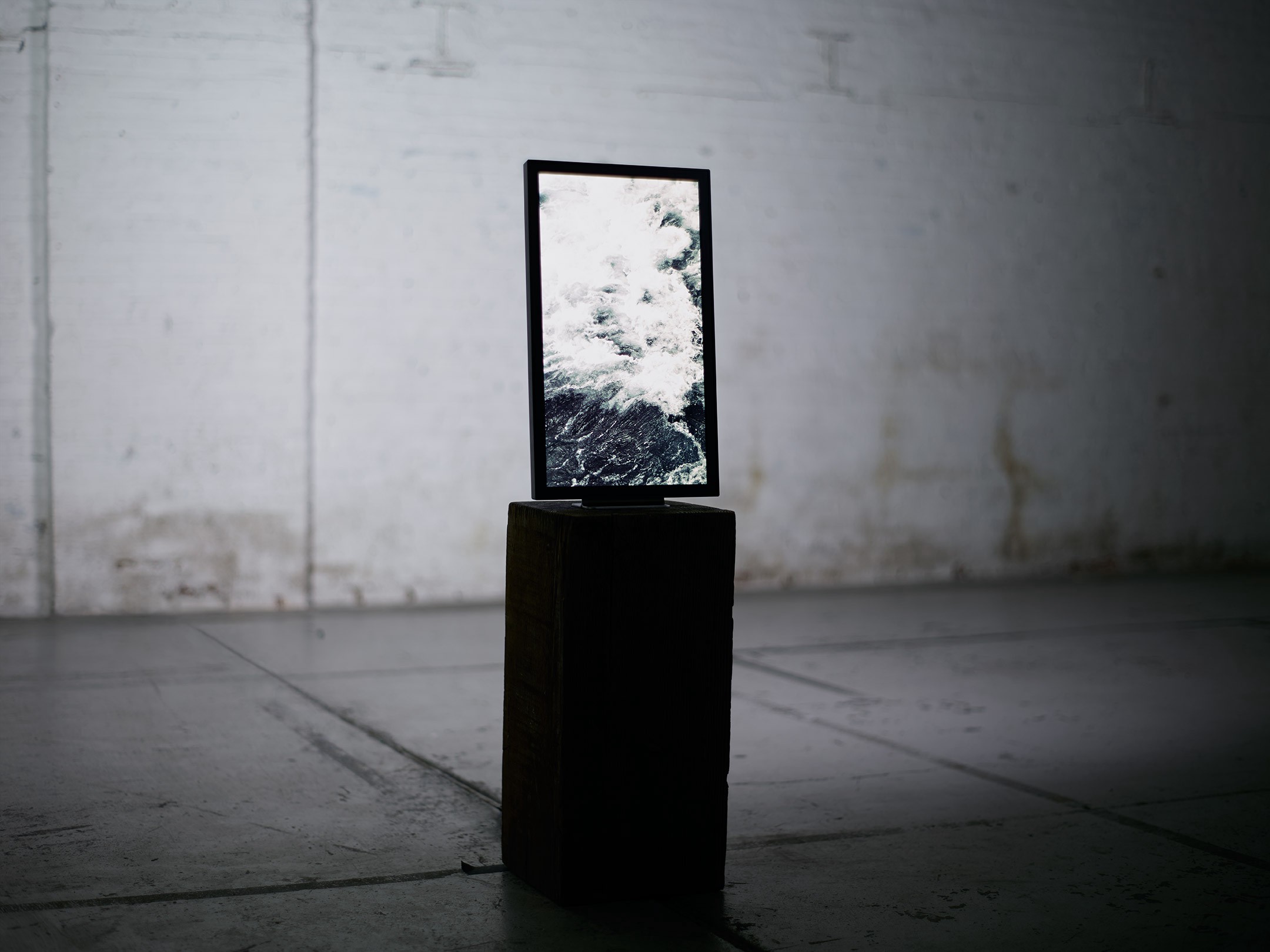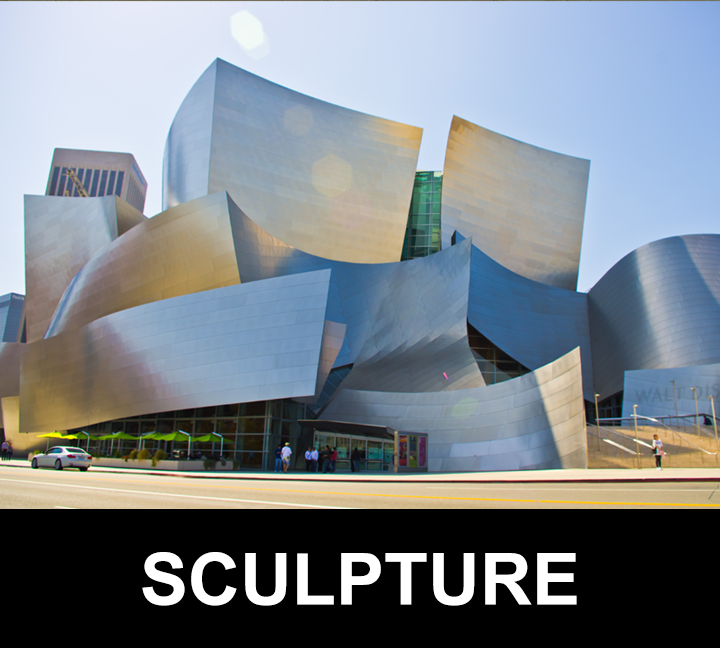Four ways of thinking about sculpture
In which I try to convince you that video games are sculpture

Many years ago, I met someone who made me question my assumptions about sculpture, and about what it means to give form to an idea.
(Fair warning that there is no grand conclusion to this piece. It’s merely an exercise in following an idea as far it goes.)
Sculpture as mass (something to be experienced from the outside)
When I hear the word “sculpture,” I instinctively reach for an image of an immovable, shaped piece of rock on a pedestal. There’re two assumptions here:
- That giving form as sculpture involves a mass-iness — a pushing out, a filling of space.
- That my relationship to the sculpture object is one where I am caught in its orbit — it is a sun around which I must move in order to fully engage with it.
This is arguably the dominant way of thinking about sculpture.

Sculpture as “drawing in” (something to be experienced from the inside)
Architecture is also concerned with mass-iness, so there is something of the sculpture in buildings.
But architecture also challenges the idea that sculptural form is merely “pushing out.”
Architecture-as-scultpure introduces the idea that sculpture can also be about “drawing in.” That a sculpture object can be experienced from the inside.

The Book as sculpture
The physical Book satisfies the previous two ideas of sculpture. It has mass-ness and materiality (pulp, ink, gilding — it pushes out and takes up space), but it also has an odd capacity to draw us in.
The essayist Rebecca Solnit wrote powerfully about the strange power of books to be roads to elsewheres in The Faraway Nearby. You can read an extract of this beautiful book in Guernica, where Solnit writes:
Like many others who turned into writers, I disappeared into books when I was very young, disappeared into them like someone running into the woods. What surprised and still surprises me is that there was another side to the forest of stories and the solitude, that I came out that other side and met people there…These vanishing acts are a staple of children’s books, which often tell of adventures that are magical because they travel between levels and kinds of reality, and the crossing over is often an initiation into power and into responsibility. They are in a sense allegories first for the act of reading, of entering an imaginary world, and then of the way that the world we actually inhabit is made up of stories, images, collective beliefs…In the children’s books there are inanimate objects that come to life, speaking statues, rings and words of power, talismans and amulets, but most of all there are doors, particularly in the series that I, like so many children, took up imaginative residence in for some years, The Chronicles of Narnia.
The book as sculpture, then, introduces a new definition of drawing in — entering not with your body, but entering with your mind.

Sculpture as pocket universe
In 2013, I went to an Open House put on by students of the Yale School of Art. The following photos are from a project by Jeffrey Scudder, at the time a graduate student in the Sculpture department.


The piece was called Self-Actualization Replaces the Journey. Four Playstation 3 consoles were connected together, running four instances of the video game Grand Theft Auto IV. There was a single controller, and the player played 4 characters simultaneously in real time.
As the player played, the image on the screen slowly faded across the 4 game characters, making it so that in one second you might be swimming across a lake, and in the another you find youreself/your character hurtling into traffic. You can see what it looks like in this video.
I remember walking into the room where Jeffrey had his piece set up and looking around in confusion. I apologized for my intrusion and asked him for directions to the room where the sculpture open house was happening. He said I was at the correct place, and then proceeded to kindly complicate my understanding of what sculpture is.
Video games have a material dimension to them (the consoles that house them and the controllers we use to interface with them) and they draw us in in ways that echo both the Book and the Building. Where the traditional understanding of sculpture as an object you must orbit, the video game is an object that invites you to explore a pocket universe with your mind.

…so, what does this mean?
Fuck if I know lol
Please not everyday grand conclusion sometimes let’s roll an idea in our minds merely for the pleasure of seeing how it tastes
If you forced me to come up with some link with internet culture in Ghana / Nigeria, theeeeeeeen maybe I’d point you in the direction of Ghanaian artist Elisabeth Sutherland, who is doing interesting things with augmented reality, 3D scans, and sensors that alter her performance pieces based on heat and motion speed. She recently did a residency at the Google Cultural Institute in Paris.


Anyway you can come and beat me on Twitter or reply with your own take or you can also do nothing at all that’s cool too bye i love you
(If you enjoy my writing and want to support my personal research projects, the best way is to buy me a book!)
-
Tools for Thought
-
Tools for Thought
-
Tools for Thought